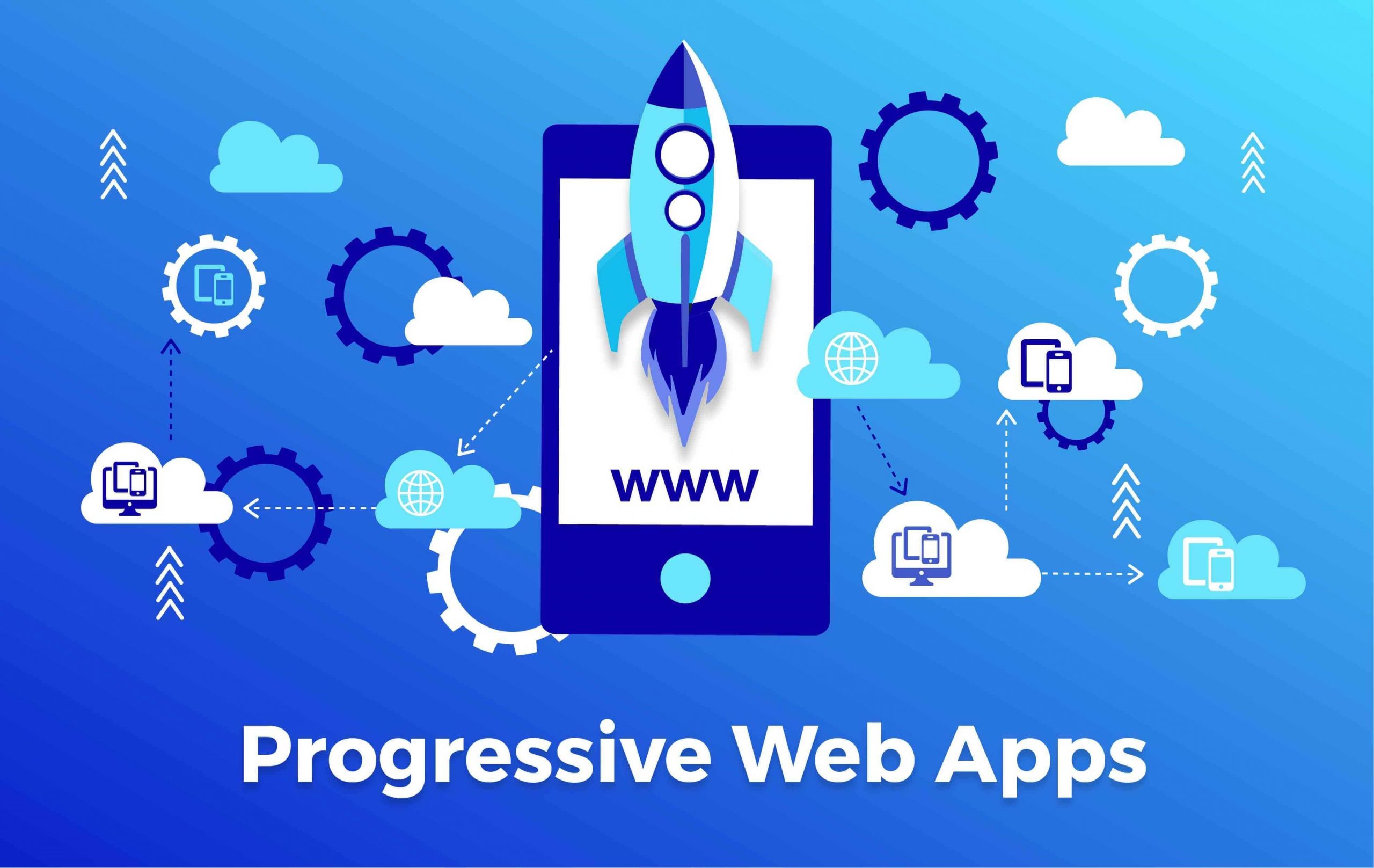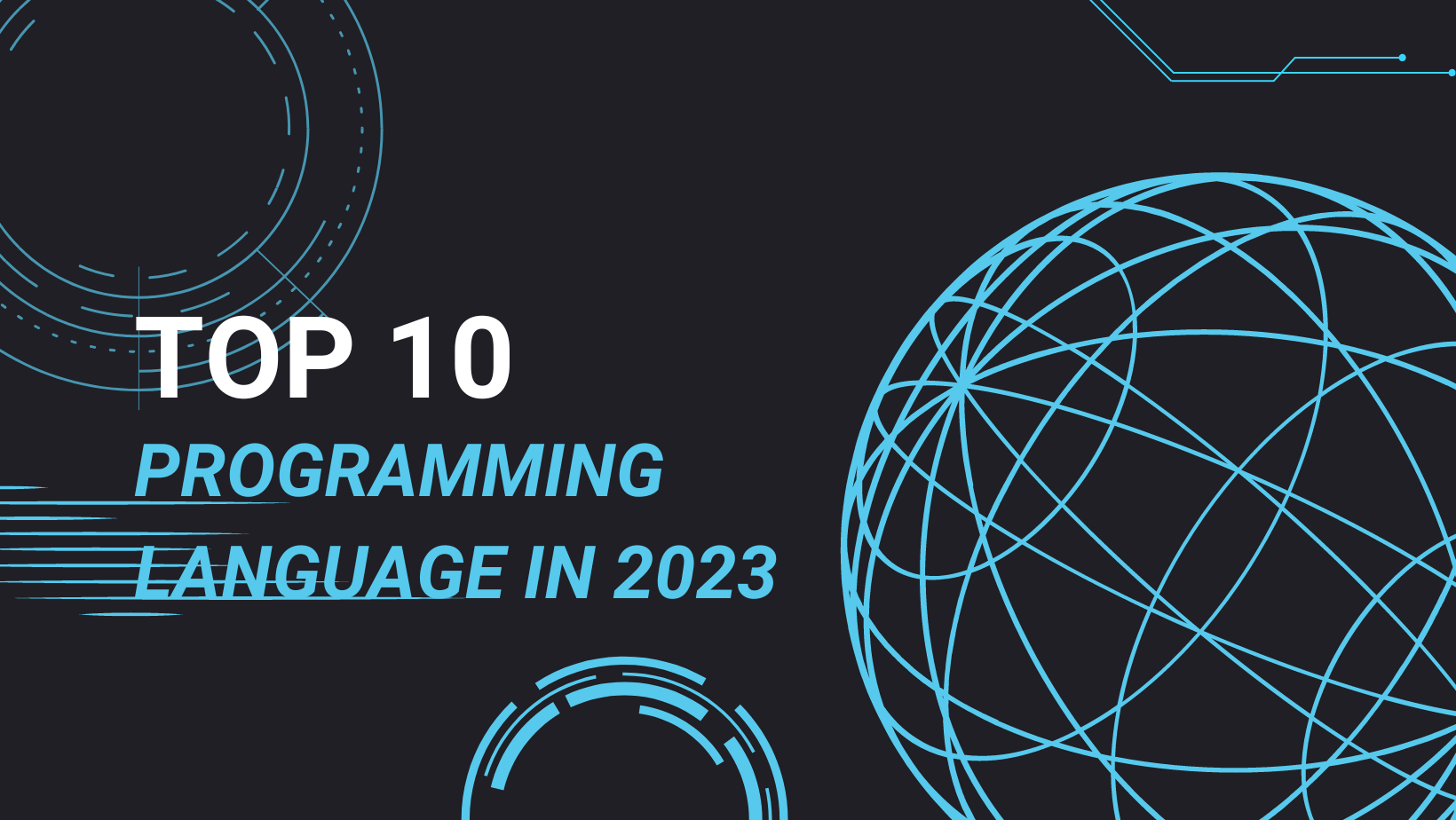Exploring the Creative Power of Generative AI: How it Works & How to Use It

In recent years, artificial intelligence (AI) has made remarkable progress in various domains, including image and speech recognition, natural language processing, and autonomous systems. One particular branch of AI that has captured the imagination of researchers, artists, and enthusiasts alike is generative AI. This innovative technology allows machines to create and generate content autonomously, sparking new avenues for creativity, innovation, and problem-solving. In this blog, we delve into the world of generative AI, exploring its potential, applications, and impact on various industries.
Understanding Generative AI
Generative AI refers to a subset of machine learning techniques that enable computers to generate new content, such as images, videos, music, and text, that resembles or imitates human creativity. Unlike traditional AI, which relies on pre-programmed rules and data, generative AI leverages vast amounts of training data to learn patterns and generate original content autonomously.
One of the most widely known applications of generative AI is in the field of image generation. Generative Adversarial Networks (GANs), a popular approach within generative AI, consist of two competing neural networks—a generator and a discriminator. The generator aims to create images that can fool the discriminator into believing they are real, while the discriminator learns to differentiate between real and fake images. Through this iterative process, GANs can produce highly realistic and novel images that were never seen during the training phase.
Benefits of Generative AI
Creative Exploration and Innovation: Generative AI empowers creators, artists, and designers by providing them with a powerful tool for creative exploration. It generates novel and unique content, allowing for experimentation with new ideas, styles, and concepts. This technology can inspire fresh perspectives, spark innovation, and push the boundaries of traditional creativity.
Time and Cost Efficiency: Generative AI has the potential to significantly reduce the time and cost involved in various creative processes. For example, in industries such as fashion and design, generative models can generate a multitude of design variations, reducing the need for manual prototyping and testing. In content creation, generative AI can automate the generation of articles, videos, and music, streamlining production and saving valuable resources.
Personalization and Customization: Generative AI enables personalized experiences by tailoring content to individual preferences. In e-commerce, generative models can create personalized product recommendations based on user behavior and preferences, enhancing customer satisfaction and driving sales. In healthcare, generative AI can aid in personalized medicine by analyzing individual patient data and generating treatment recommendations based on specific needs.
Problem Solving and Optimization: Generative AI can be used to tackle complex problems and optimize processes. In fields such as logistics and supply chain management, generative models can analyze data and generate optimized solutions for efficient resource allocation, route planning, and inventory management. In manufacturing, generative AI can assist in designing optimal product configurations and optimizing production processes.
Data Augmentation and Scenarios Generation: Generative AI can generate synthetic data to augment existing datasets, addressing the challenge of limited training data availability. This is particularly beneficial in domains such as computer vision, where large labeled datasets are required for training robust models. Additionally, generative AI can generate realistic simulations and scenarios for training autonomous systems, such as self-driving cars or robotics, enabling safer and more efficient learning environments.
Assistive and Supportive Tools: Generative AI can act as a supportive tool for human experts, providing suggestions, generating prototypes, or aiding in decision-making processes. For instance, in architecture and design, generative models can generate architectural layouts or furniture designs based on user specifications. In healthcare, generative AI can help doctors in diagnosing diseases by analyzing medical records and generating insights.
Applications of Generative AI
The creative potential of generative AI extends to various fields, revolutionizing industries and inspiring new possibilities. Here are some notable applications:
Creative Arts: Generative AI has given rise to a new era in creative arts. Artists and designers can use generative models to generate unique artworks, patterns, and designs. These models provide a rich source of inspiration and can augment human creativity, leading to novel artistic expressions.
Gaming: Generative AI has been widely employed in the gaming industry to create immersive and realistic virtual worlds. Procedural content generation techniques, powered by generative algorithms, enable the creation of dynamic and adaptive game environments, characters, and narratives, enhancing the gaming experience for players.
Fashion and Design: Fashion designers can leverage generative AI to explore new designs, fabrics, and styles. By training models on vast fashion datasets, designers can generate original fashion pieces, experiment with novel combinations, and predict future trends.
Healthcare and Drug Discovery: Generative AI plays a crucial role in healthcare and drug discovery. By analyzing large datasets of medical records, generative models can assist in diagnosing diseases, predicting patient outcomes, and discovering potential drug candidates. This technology has the potential to revolutionize personalized medicine and improve patient care.
Content Generation: Generative AI is transforming the content creation landscape. From generating news articles and blog posts to producing music and video content, generative models can automate content creation processes, augmenting human efforts and enabling more efficient production.
Ethical Considerations and Challenges
While generative AI opens up new horizons for creativity and innovation, it also raises ethical concerns and challenges. As generative models become more sophisticated, they have the potential to produce deceptive or misleading content, including deepfakes. This calls for robust ethical frameworks, responsible use, and regulatory guidelines to ensure the responsible deployment of generative AI technology.
Furthermore, issues related to copyright, intellectual property, and privacy arise when using generative AI. Determining ownership and rights over generated content can be complex and requires careful consideration.
Generative AI represents a paradigm shift in the way machines interact with human creativity. By harnessing the power of deep learning and vast datasets, generative AI opens doors to limitless possibilities in various domains. From art and gaming to healthcare and content creation, the applications are far-reaching, transforming industries and inspiring innovation. However, it is crucial to address ethical challenges and establish guidelines to ensure the responsible and beneficial use of this technology.
As generative AI continues to evolve, researchers, developers, and policymakers must collaborate to foster a balance between innovation and ethics. By embracing the potential of generative AI and leveraging it for the greater good, we can unlock new realms of imagination, creativity, and problem-solving, ultimately shaping a future where machines and humans coexist harmoniously.









